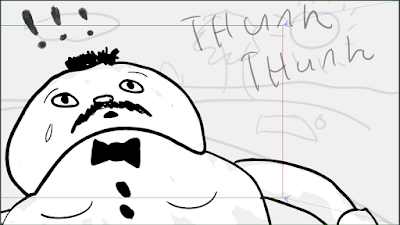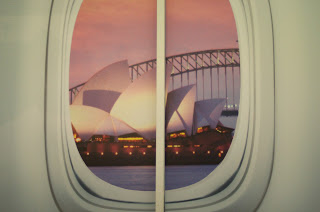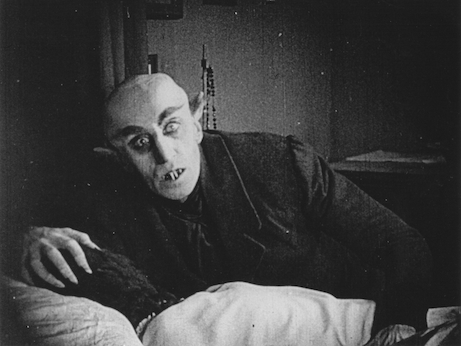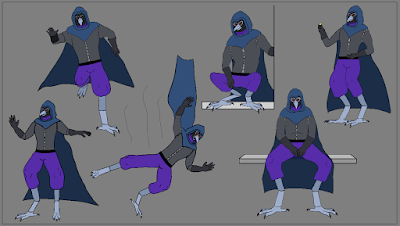The German government (The Weimar Republic) after World War One supported financially the film group known as the Universum-Film AG The (UFA), whose magnificent studios, the largest and best equipped in Europe, enabled the German film industry to compete with those in other countries.
This led to Germany's golden age of cinema, which lasted from 1919 to Adolf Hitler's rise to power in 1933. Its most important artistic component was the German Expressionist film.
What Is German Expressionism?
Expressionism was a broader artistic movement that flourished in the early 20th century. It had been in Germany in its theater, literature, music, architecture, sculpting and painting German Expressionist film flourished from 1919 to 1931. Expressionism is made from a human perception and emotion. German films employed shadowy lighting, stylized set design which was often geometric, elaborate costuming and unnatural makeup, that were liked and replicated across the world.
Style
- The main characteristics of expressionism are:
- Distorted and exaggerated settings
- Compositions of unnatural spaces
- The use of oblique (slanting) angles and non parallel lines
- a moving and subjective camera (Point of View)
- Unnatural costumes, hairstyles and makeup
- Highly Stylized acting
Key Themes:
- Madness
- Criminality
- Fracturing of identity
The cinematography of expressionism emphasizes bold contrasts of dark shadows and bright highlights. The Films protagonists often experience extreme psychological states which are reflected in their surrounding environments.
The Cabinet of Dr. Caligari (1920)
This expressionist film is considered the most famous, one traditionally cited as the epitome of the style. Created by Robert Wiene.
This film was a story of fantasy and horror told by a madman.
The floors, walls and ceilings of the interior sets are sharply angled, windows admit no natural light, through shafts of illusion light and shadow are painted on the walls and floors of the sets.
The Exterior sets are equally artificial, with buildings, piled on top of one anther, jutting upward at strange angles.
Unusual looking titles, very handwritten font.
The expressionist look became evident in Hollywood's psychological drama, horror movies, and most notably, the film noir.
My Response
The woman at the start of the film contrasted with the black background and odd blue colours is a sharp contrast with her bright white clothes and skin.
the sound is very eerie, it expresses uncertainty, and unsettling composition.
Wiene uses colour filters to set the mood, especially yellows and blues. The film is made in black and white.
Wrinkles are blackened with makeup. I feel as thought the teeth are as well.
A discussion was made during the film between me and my classmate Ben and Jordyn, where it was pointed out that this film sets architecture looks like an original influence for Dr Seuss.
Music also somehow makes me think of jazz riffs and rock riffs.
Nosferatu, A Symphony of Horror (1922)
The first of many film adaptations of the Dracula story. This film was also expressionist.
This film uses the cinematic effects of:
- Low camera angles
- Makeup
- Costume design
- lighting
- Editing
Metropolis (1927)
A film by Fritz Land, this film is one of the most influential science fiction movies of all time.
This film employed huge sets, thousands of extras and quality special effects to create its two worlds. It was the most expensive film to be made in Germany.
The film used:
- Stylized sets
- Dramatic camera angles
- Bold shadows
- Artificial Theatrics
The film influence movies like Ridley Scott's Blade Runner (1982) and Tim Burton's Batman (1989)
Other Notable Films
The Golem (1920)
Last Laugh (1924)
Faust (1926)
M (1931)






















































